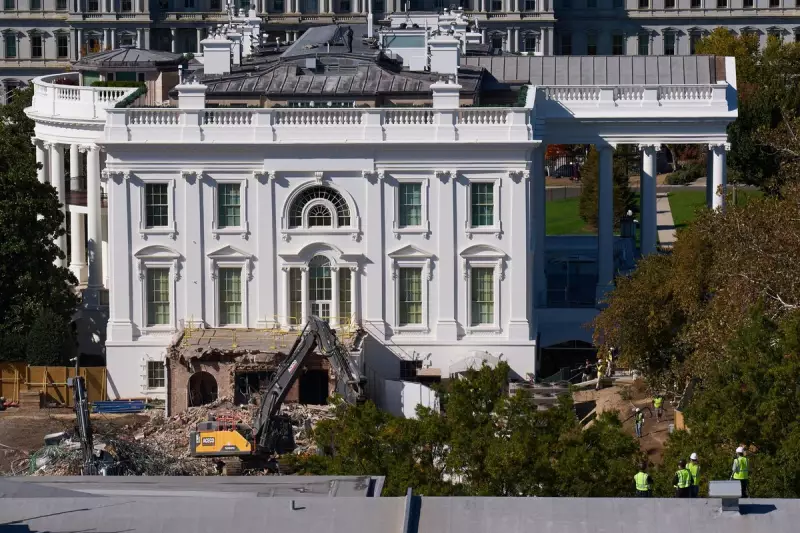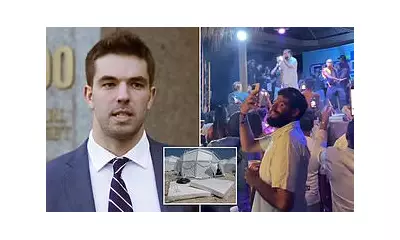
The political world is buzzing with reactions to reports that former President Donald Trump allegedly discussed demolishing the East Wing of the White House during his administration. While the claims remain unverified, they've triggered an avalanche of creative responses across social media platforms.
The Meme Revolution Takes Over Washington
Internet users have transformed the controversial proposal into digital comedy gold, with memes ranging from historical comparisons to pop culture references flooding Twitter, Facebook, and Instagram. The online community has embraced the story with characteristic humour and sharp political commentary.
From Construction Sites to Cultural Commentary
Among the most popular memes circulating online:
- Images comparing the White House to various demolition scenarios
- References to Trump's background in real estate and construction
- Historical comparisons to other presidential renovations
- Creative interpretations of what might replace the demolished wing
Political Implications and Public Reaction
The viral phenomenon highlights how modern political discourse increasingly plays out in digital spaces. While the White House has seen numerous renovations throughout history, the idea of demolishing part of it for replacement has struck a particular chord with the public.
Social media analysts note that the meme explosion demonstrates how political stories can take on lives of their own online, often diverging significantly from the original facts or context.
A Legacy of Renovation and Controversy
The White House has undergone many changes since its initial construction, with each president leaving their mark on the historic building. However, the concept of demolition rather than renovation represents a significant departure from tradition, hence the intense public interest and creative response.
As the memes continue to circulate, they serve as both entertainment and political commentary, reflecting broader public sentiment about presidential legacies and the preservation of national landmarks.





